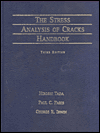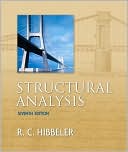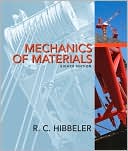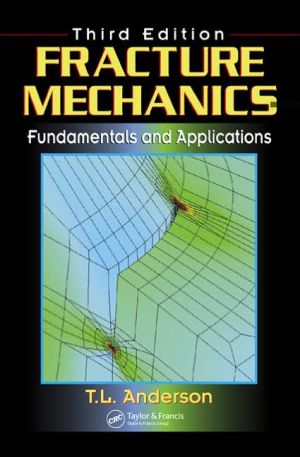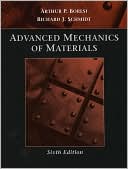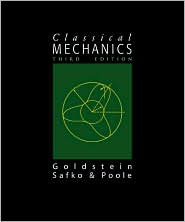Stress Analysis of Cracks Handbook
By Hiroshi Tada, Paul C. Paris and George R. Irwin\ Now in a hardbound format, this extensive source of crack stress analysis information is nearly double the size of the previous edition.\ Along with revisions, the authors provide 150 new pages of analysis and information. This classic volume can serve as an excellent reference, as well as a text for in-house training courses in various industries and academic settings.
Search in google:
By Hiroshi Tada, Paul C. Paris and George R. IrwinNow in a hardbound format, this extensive source of crack stress analysis information is nearly double the size of the previous edition.Along with revisions, the authors provide 150 new pages of analysis and information. This classic volume can serve as an excellent reference, as well as a text for in-house training courses in various industries and academic settings. Booknews New edition of a text that documents all of the important methods and results of elastic stress analysis as applied to small-scale yielding fracture mechanics and beyond. Each numerical solution and approximation method is accompanied by an estimate of the accuracy of the results or method. The authors (Hiroshi Tada and Paul C. Paris of Washington U.) provide descriptive sections of text in order to define the meaning of the information presented, to indicate and illustrate its conversion to other forms, and to develop methods of applying it to actual problems. In addition, they cover the theory and useful methods of compliance calibration analysis, weight function analysis for certain cases of arbitrary loading, plasticity analysis of crack problems, and orthotropic, anisotropic, and dynamic effects. Annotation c. Book News, Inc., Portland, OR (booknews.com)
List of SymbolsForewordPreface - Third EditionPreface - Second EditionPreface - First EditionAcknowledgments to the First EditionPt. IIntroductory Information1Pt. IIStress Analysis Results for Common Test Specimen Configurations39Pt. IIITwo-Dimensional Stress Solutions for Various Configurations with Cracks81ACracks Along a Single LineBParallel CracksCCracks and Holes or NotchesDCurved, Angled, Branched, or Radiating CracksPt. IVThree-Dimensional Cracked Configurations333Pt. VCrack(s) in a Road or a Plate by Energy Rate Analysis415Pt. VIStrip Yield Model Solutions431Pt. VIICrack(s) in a Shell469App. ACompliance Calibration Methods487App. BA Method for Computing Certain Displacements Relevant to Crack Problems493App. CThe Weight Function Method for Determining Stress Intensity Factors497App. DAnisotropic Linear-Elastic Crack-Tip Stress Fields513App. EStress Intensity Factors for Cracks in a Plate Subjected to Pinching Loads515App. FCracks in Residual Stress Fields529App. GWestergaard Stress Functions for Dislocations and Cracks547App. HThe Plastic Zone Instability Concept Applied to Analysis of Pressure Vessel Failure581App. IApproximations and Engineering Estimates of Stress Intensity Factors593App. JRice's J-Integral as an Analytical Tool in Stress Analysis611App. KElasto-Plastic Pure Shear Stress-Strain Analysis (Mode III)623App. LTable of Complete Elliptic Integrals635App. MTable and Properties of Gamma Function637References641Reference Index663Subject Index667Free Software (SmartCrack-Lite)676Software Guide677
\ BooknewsNew edition of a text that documents all of the important methods and results of elastic stress analysis as applied to small-scale yielding fracture mechanics and beyond. Each numerical solution and approximation method is accompanied by an estimate of the accuracy of the results or method. The authors (Hiroshi Tada and Paul C. Paris of Washington U.) provide descriptive sections of text in order to define the meaning of the information presented, to indicate and illustrate its conversion to other forms, and to develop methods of applying it to actual problems. In addition, they cover the theory and useful methods of compliance calibration analysis, weight function analysis for certain cases of arbitrary loading, plasticity analysis of crack problems, and orthotropic, anisotropic, and dynamic effects. Annotation c. Book News, Inc., Portland, OR (booknews.com)\ \
